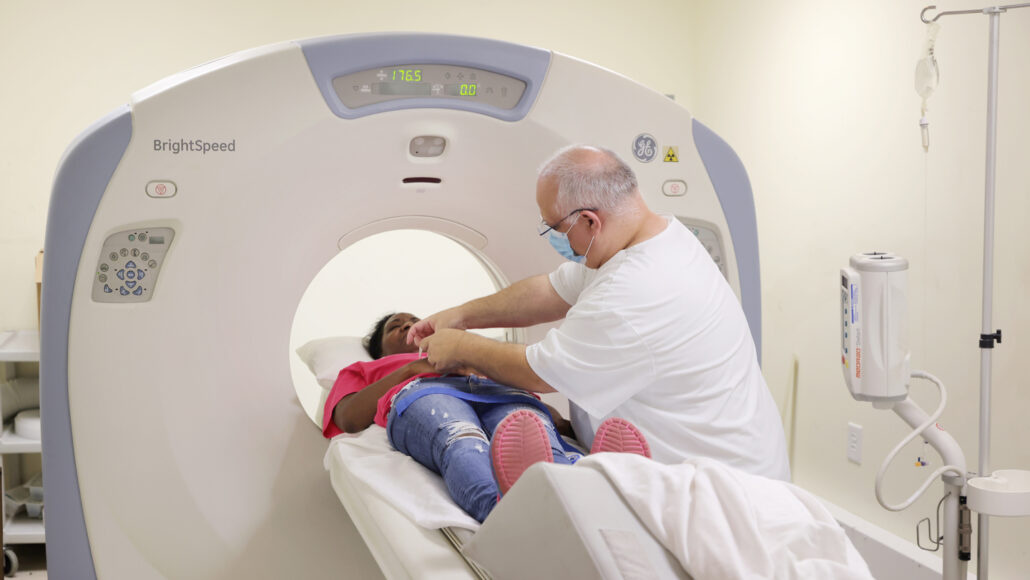Medical crowdfunding rarely helps those who need it most
Online crowdfunding for medical expenses raises less money than social media posts suggest and deepens health care inequities, a new study reports.
The first large-scale assessment of medical crowdfunding in the United States shows that people in states with higher medical debt and lower rates of insurance coverage are more likely to try to raise money through crowdfunding websites, but less likely to succeed. From 2016 through 2020, more medical campaigns on the crowdfunding site GoFundMe were started in low-income and under-insured communities, researchers report February 3 in the American Journal of Public Health. But campaigns in more affluent communities with higher rates of insurance coverage raised substantially more money.
The study matched state and county census data with outcomes from more than 437,000 GoFundMe campaigns over the five-year period. During that time, more than $2 billion was raised, with the median campaign earning just under $2,000. The study also found that 16 percent of campaigns raised nothing, while less than 12 percent met their goal.
“The returns were notably low compared with the needs people have for medical expenses,” says sociologist Mark Igra of the University of Washington in Seattle. “Even for those with insurance, it can be daunting. For those without insurance, it might be devasting.”
Mississippi, for example, has the highest percentage of population with medical debt and is among the highest in percentage of uninsured, but crowdfunding campaigns there raised the least money of all 50 states. Vermont, on the other hand, raised the most. Its population had one of the lowest percentages of uninsured people and was around the middle of the pack in terms of percentage of population without medical debt.
Only the most successful campaigns are highlighted on social media, giving the impression crowdfunding works, says study coauthor Nora Kenworthy, a public health researcher at the University of Washington in Bothell. But, she says, we need to be more “clear-eyed” about crowdfunding’s limits and the kinds of gaps it fills.
While even the well-off may take a financial hit from a medical catastrophe, “this underscores the need for more comprehensive and equitable security programs for those most in need,” Kenworthy says.
Yet even in countries like Canada and the United Kingdom, which have some form of universal health care coverage, studies of crowdfunding highlight significant gaps. In those countries, crowdfunding is often for expenses indirectly related to illness and accidents, such as lost wages, transportation and child-care costs, Kenworthy says. According to one 2019 study, crowdfunding in Canada for cancer-related expenses is less successful in areas with lower education and income.
While GoFundMe’s previous chief executive Robert Solomon has called concerns that crowdfunding increases socioeconomic inequalities “hogwash,” the new study disproves that, says Jeremy Snyder, a health researcher at Simon Fraser University in Burnaby, Canada, who was not involved with this research.
“Crowdfunding relies heavily on peer networks that typically have similar characteristics, including income, to the campaigner themselves,” says Snyder, who wrote a commentary to accompany the study. “If GoFundMe has data that suggests otherwise, then they have an obligation to make it public.”
This article was originally posted on Medical crowdfunding rarely helps those who need it most


